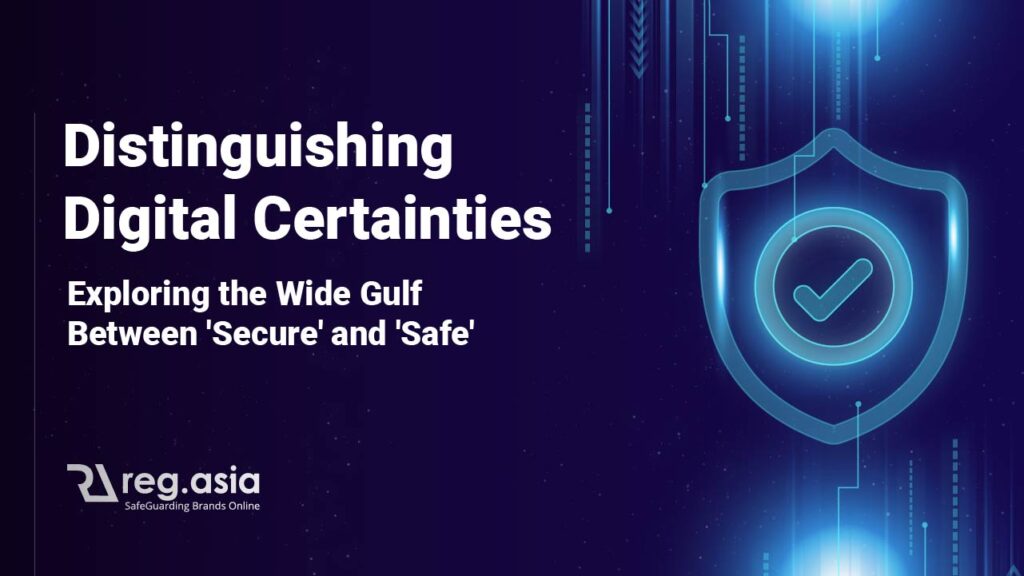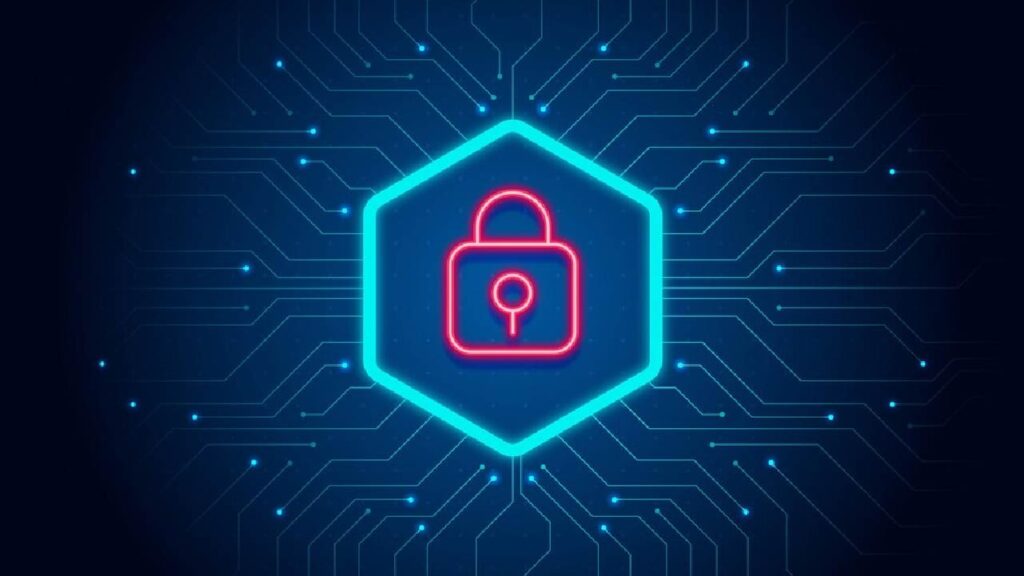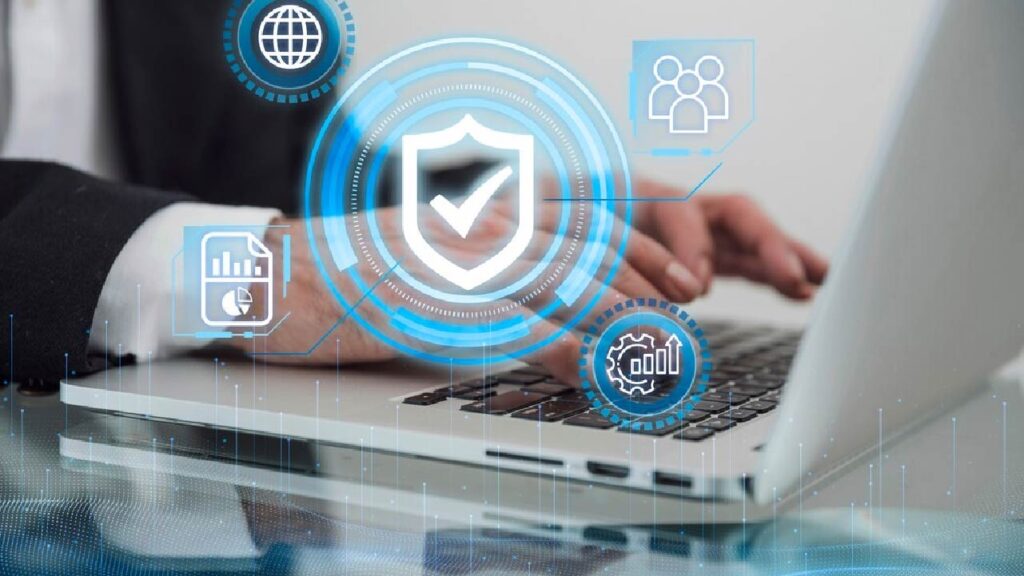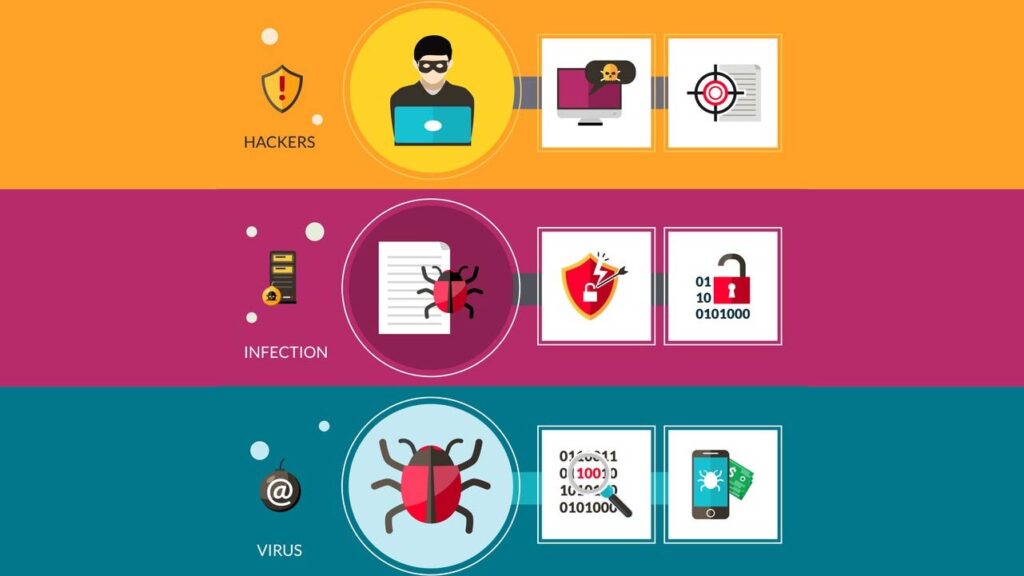Distinguishing Digital Certainties: Exploring the Wide Gulf Between 'Secure' and 'Safe'

In an era dominated by digitisation, the terms “secure” and “safe” are often used interchangeably, especially in the context of digital certificates. However, delving deeper into the nuances reveals a wide gulf between these two concepts. In this exploration, we aim to unravel the intricacies that differentiate the certainty of security from the assurance of safety within digital certificates.

The Foundation: Defining 'Secure' and 'Safe'
To embark on this journey of distinction, it’s crucial to establish the fundamental definitions of “secure” and “safe” in the digital landscape. “Secure” typically implies protection against unauthorised access or malicious activities, ensuring the integrity and confidentiality of data. On the other hand, “safe” goes beyond mere protection; it encompasses an environment free from harm, risk, or danger.

The Digital Certificate Landscape
One of the most important components of the authentication and encryption procedures that support safe Internet communication is digital certificates. Certificate Authorities (CAs) are the organisations responsible for issuing these certificates. These certificates confirm the identification of entities, such as websites, and encourage the safe transmission of information. On the other hand, how does this relate to the more general ideas of safety and confidentiality?

Security in Digital Certificates
When discussing digital certificates being ‘secure,’ we primarily refer to their ability to safeguard data during transmission. This involves encryption mechanisms that protect against eavesdropping and unauthorised access. The secure nature of digital certificates ensures the confidentiality and integrity of sensitive information exchanged between parties.

Safety in Digital Certificates
Regarding digital certificates, the term “safe” embraces a wider range of applications than only maintaining security. When we talk about safety, we refer to the general integrity and dependability of the ecosystem of digital certificates. This includes the guarantee that the companies involved are legal and that the whole process, from issuing certificates to validating those certificates, is free from any possibilities of vulnerabilities or hazards.

Key Differences: Authentication vs. Trustworthiness
Regarding digital certificates, one of the most important differences between “secure” and “safe” is the emphasis on authenticity rather than dependability. In contrast to security, which focuses exclusively on the authentication of organisations engaged in the transmission of data, safety goes beyond this to guarantee that the entire digital certificate infrastructure is trustworthy.

Vulnerabilities and Risks
Investigating potential vulnerabilities and dangers is vital to show the gap between security and safety systems. A system can be technically secure using powerful encryption techniques; moreover, safety problems may still exist if the organisations providing or utilising certificates are trustworthy. A fully secure digital certificate ecosystem requires a comprehensive understanding of the technological weaknesses and trust-related concerns, as well as implementing mitigation strategies.

The Human Element: Trust in Certificates
One of the most important aspects of the digital certificate ecosystem is trust. The human aspect is essential in developing confidence, which goes beyond cryptographic methods and technological protocols. End users who depend on digital certificates to safeguard their online interactions are required to have faith that the whole procedure is safe and secure from any possible dangers that may arise that may arise.

Bridging the Gulf
In conclusion, the distinction between ‘secure’ and ‘safe’ in the context of digital certificates is not merely semantic but reflects a substantial difference in focus and scope. While security ensures data protection through encryption and authentication, safety encompasses the broader aspects of trustworthiness in the digital certificate ecosystem.
Understanding this wide gulf between ‘secure’ and ‘safe’ is paramount for those navigating the digital landscape, whether as developers, administrators, or end-users. A holistic approach that combines robust technical security measures with a commitment to trust and reliability is essential for fostering a digital environment that is both secure and safe.
